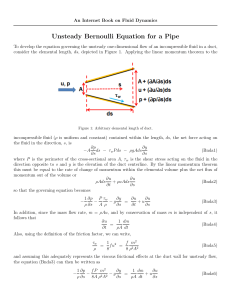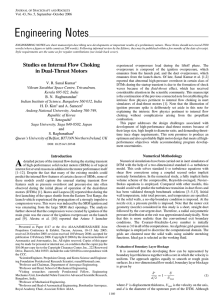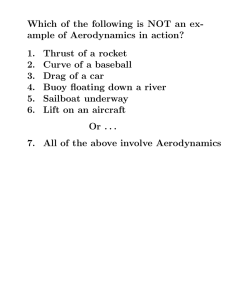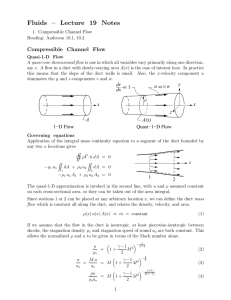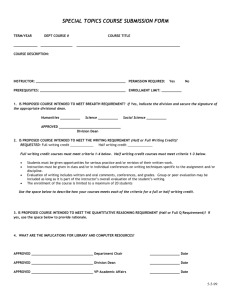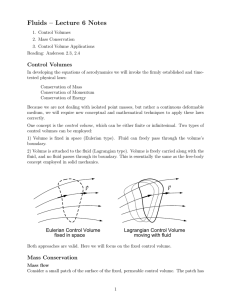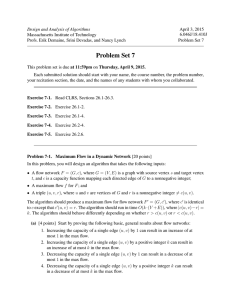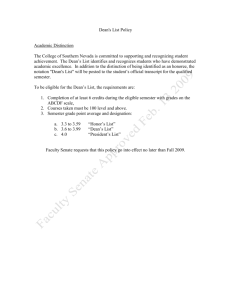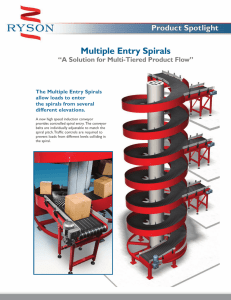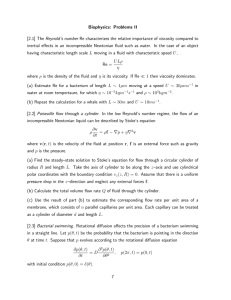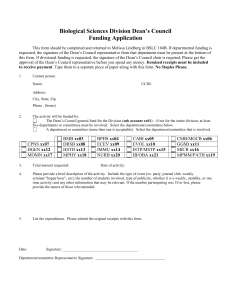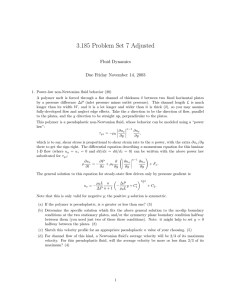Continuous Size-Dependent Separation of Microspheres in Human
advertisement
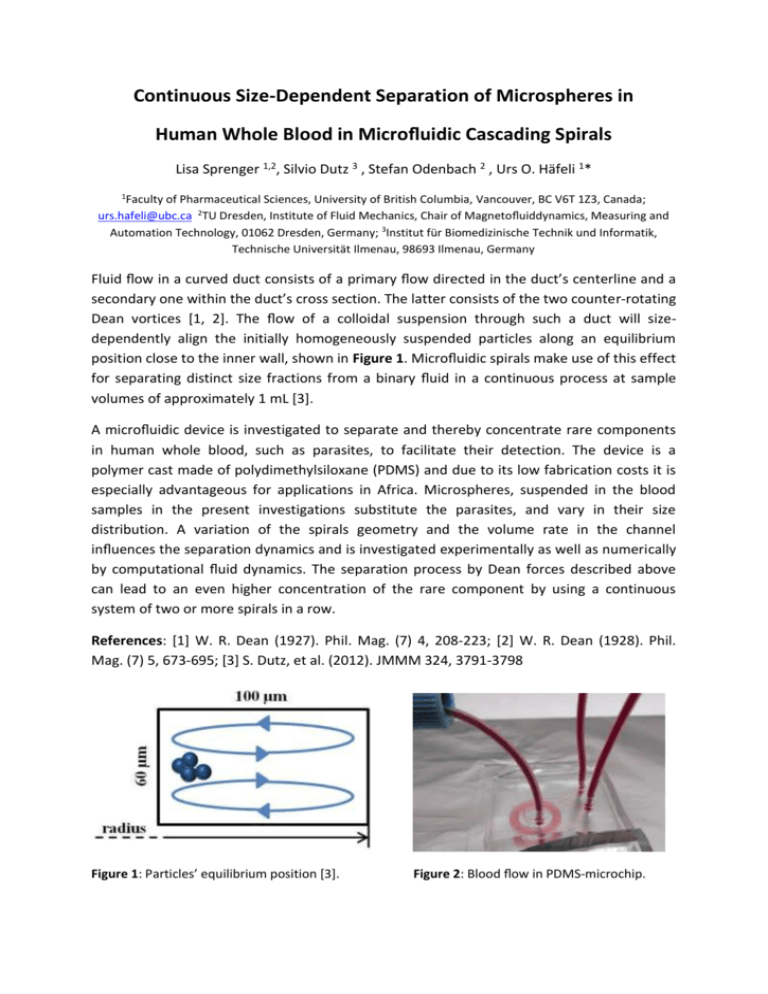
Continuous Size-Dependent Separation of Microspheres in Human Whole Blood in Microfluidic Cascading Spirals Lisa Sprenger 1,2, Silvio Dutz 3 , Stefan Odenbach 2 , Urs O. Häfeli 1* 1 Faculty of Pharmaceutical Sciences, University of British Columbia, Vancouver, BC V6T 1Z3, Canada; urs.hafeli@ubc.ca 2TU Dresden, Institute of Fluid Mechanics, Chair of Magnetofluiddynamics, Measuring and Automation Technology, 01062 Dresden, Germany; 3Institut für Biomedizinische Technik und Informatik, Technische Universität Ilmenau, 98693 Ilmenau, Germany Fluid flow in a curved duct consists of a primary flow directed in the duct’s centerline and a secondary one within the duct’s cross section. The latter consists of the two counter-rotating Dean vortices [1, 2]. The flow of a colloidal suspension through such a duct will sizedependently align the initially homogeneously suspended particles along an equilibrium position close to the inner wall, shown in Figure 1. Microfluidic spirals make use of this effect for separating distinct size fractions from a binary fluid in a continuous process at sample volumes of approximately 1 mL [3]. A microfluidic device is investigated to separate and thereby concentrate rare components in human whole blood, such as parasites, to facilitate their detection. The device is a polymer cast made of polydimethylsiloxane (PDMS) and due to its low fabrication costs it is especially advantageous for applications in Africa. Microspheres, suspended in the blood samples in the present investigations substitute the parasites, and vary in their size distribution. A variation of the spirals geometry and the volume rate in the channel influences the separation dynamics and is investigated experimentally as well as numerically by computational fluid dynamics. The separation process by Dean forces described above can lead to an even higher concentration of the rare component by using a continuous system of two or more spirals in a row. References: [1] W. R. Dean (1927). Phil. Mag. (7) 4, 208-223; [2] W. R. Dean (1928). Phil. Mag. (7) 5, 673-695; [3] S. Dutz, et al. (2012). JMMM 324, 3791-3798 Figure 1: Particles’ equilibrium position [3]. Figure 2: Blood flow in PDMS-microchip.

